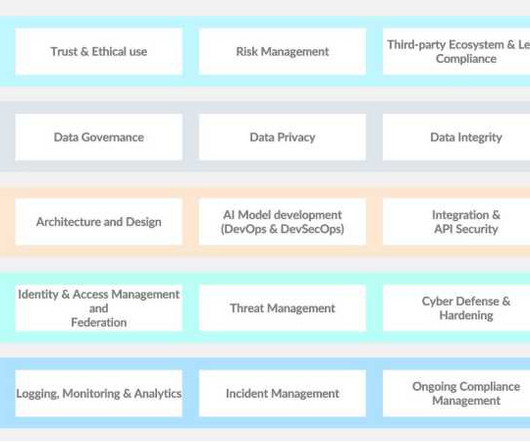Generative AI in enterprises: LLM orchestration holds the key to success
CIO Business Intelligence
DECEMBER 6, 2023
Other typical components required for an enterprise system are access control (so that each user only sees what they are entitled to) and security. Implementing such a framework requires a seamless connection between user-facing applications like GenAI and back-end systems such as enterprise resource planning (ERP) databases.



















Let's personalize your content